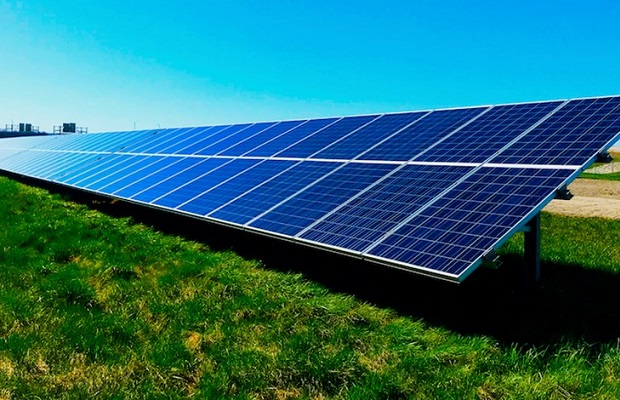The growing emphasis on energy highlights the need for storage solutions for renewable energy. As the global energy industry shifts from fuels to alternative sources like wind and solar power, the importance of storing this energy effectively cannot be overstated. This article explores the trends driving advancements in renewable energy storage technologies.
Key Developments in Renewable Energy Storage
The following are trends and technologies for storing energy that are driving progress.
Advancements in Battery Storage
Battery technology is progressing rapidly, with lithium-ion batteries leading the charge. These batteries are becoming more efficient and cost-effective, making them a popular choice for storing energy on grids and vehicles. Innovations in battery chemistry, such as state and flow batteries, offer better performance and safety. For example, solid-state batteries provide energy density and reduce the risk of overheating, crucial for large-scale storage purposes.
Green Hydrogen
Green hydrogen is emerging as an energy carrier. Produced through electrolysis using renewable sources, green hydrogen can be easily transported, addressing the intermittent nature of solar and wind power. It finds applications across industries, including manufacturing processes and transportation, and is a fuel source for electricity generation. Many companies are delving into hydrogen projects to support the transition towards energy solutions.
Storage of Thermal Energy
Storage technologies like salt and phase change materials are gaining traction for storing energy in heat form. These methods balance energy supply and demand in areas with substantial heating and cooling requirements. Molten salt storage, for instance, is used in power facilities to retain heat generated during the day and generate electricity at night or during cloudy periods.
Storage Systems Based on Mechanical Energy
Methods of storing energy like pumped hydro storage and flywheels are proving themselves as effective solutions. Pumped hydro storage, where water is pumped into reservoirs to generate electricity when needed, remains a renewable energy storage method. In contrast, flywheels store kinetic energy that can respond quickly to grid demands, making them ideal for stabilising power supply and providing short-term storage solutions.
Future Developments
Incorporation with Smart Power Grids
Smart power grids improve the efficiency and dependability of renewable energy storage systems by using advanced data analysis and communication technologies. This integration enables response to demand and balancing loads, ensuring that stored energy is utilised effectively.
Hybrid Systems
By blending storage technologies, performance and cost can be optimised. For example, pairing battery storage with storage or pumped hydro can offer short- and long-term energy solutions, enhancing the resilience and flexibility of the energy supply.
Support from Investments and Policies
Investing in renewable energy storage is essential for its ongoing progress. Supportive government policies and strategic alliances like those observed with Hero Future Energies promote innovation and implementation. These investments contribute to expanding storage solutions, making them more accessible and cost-effective.
Conclusion
Advancements in renewable energy storage technologies will lead to a sustainable and dependable energy future. With progress in battery technology, the emergence of hydrogen and the integration of grids, there is considerable potential for efficient energy storage. Companies like Hero Future Energies and others are leading the way in these developments, leading global initiatives to lower carbon emissions and shift towards renewable energy sources. Through investments and backing for these advancements, we can pave the way for a more sustainable energy future for future generations.
